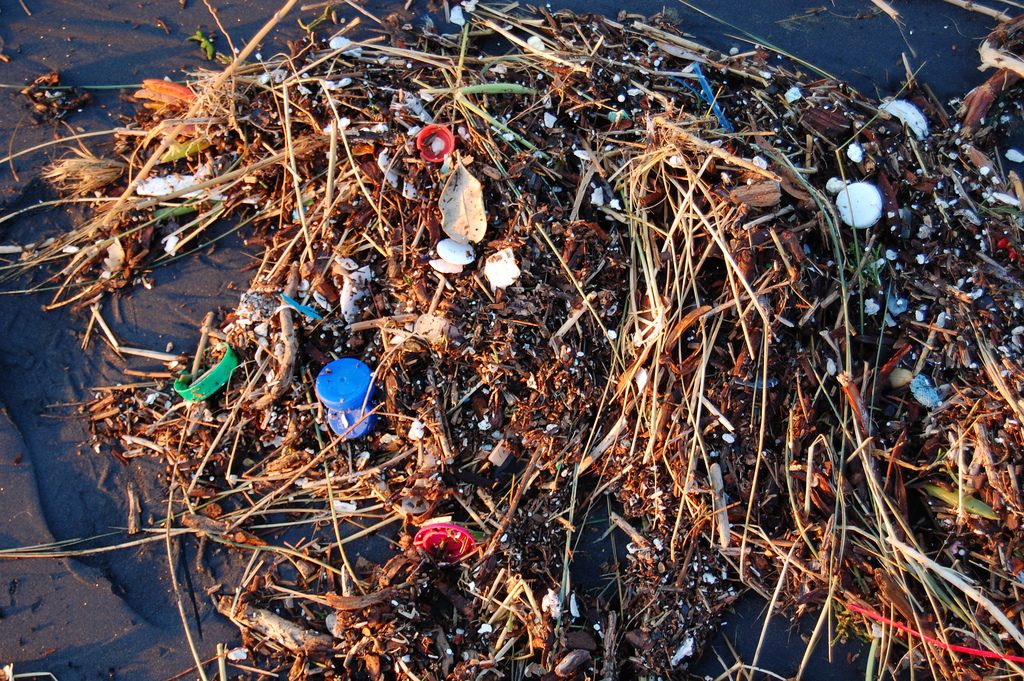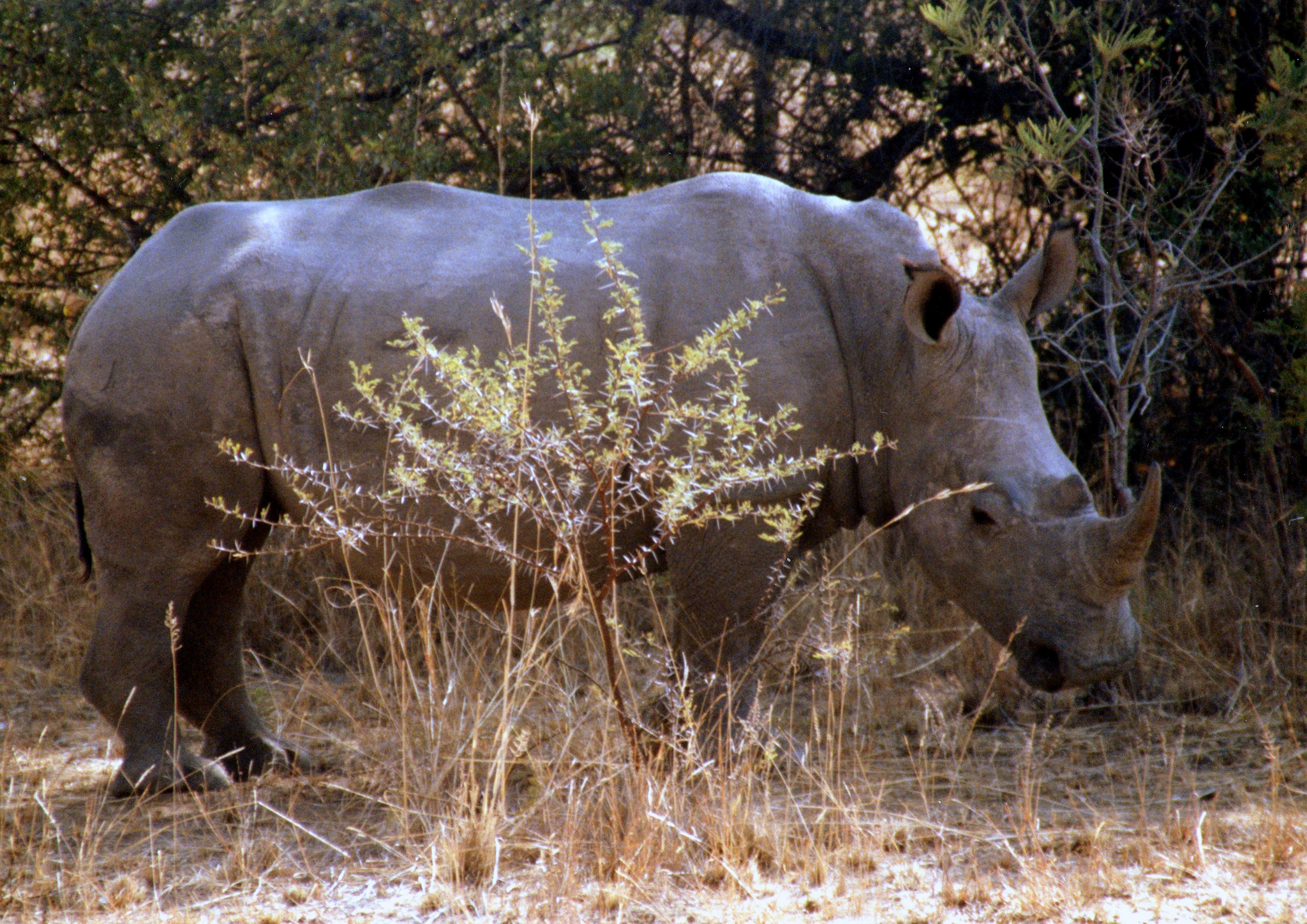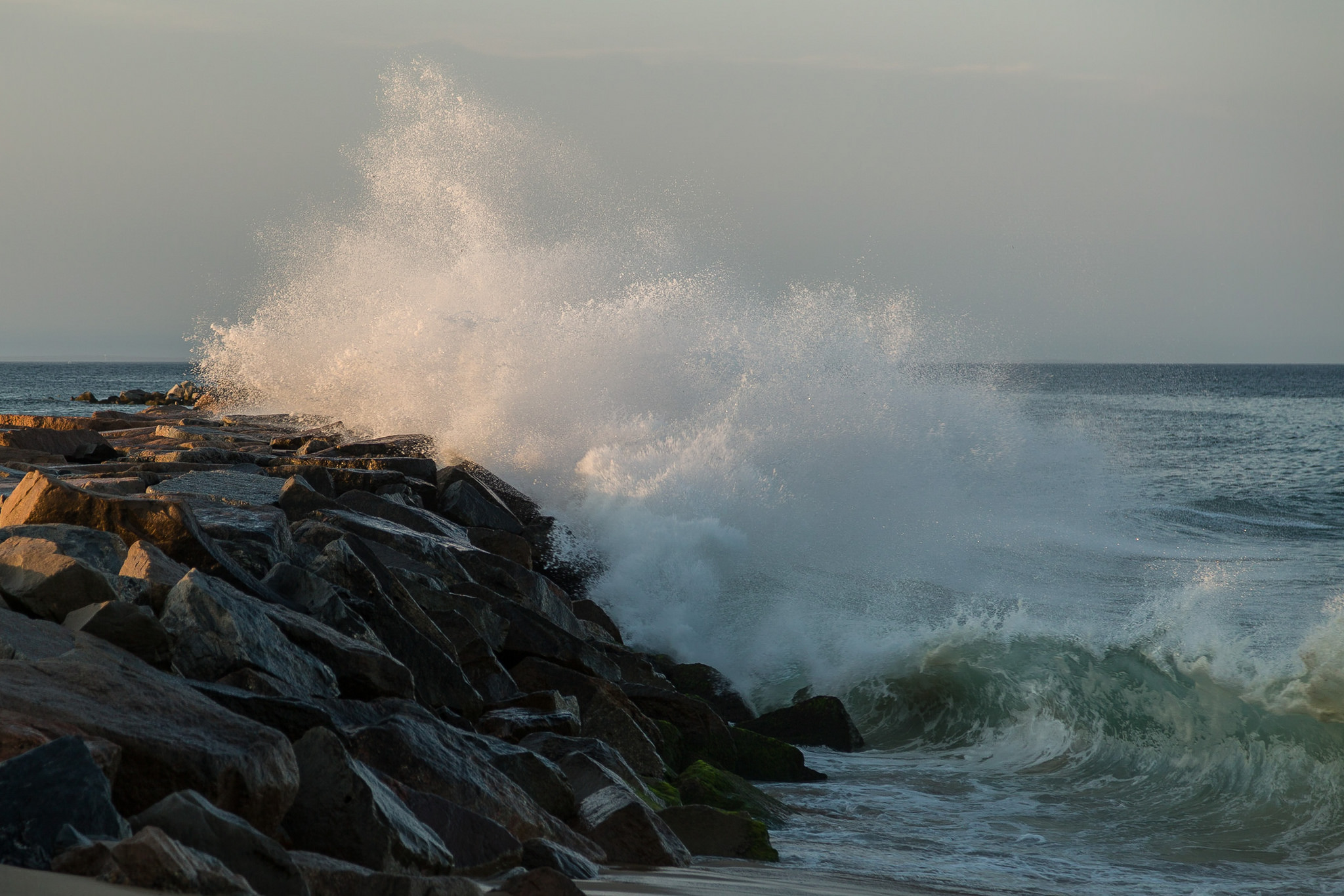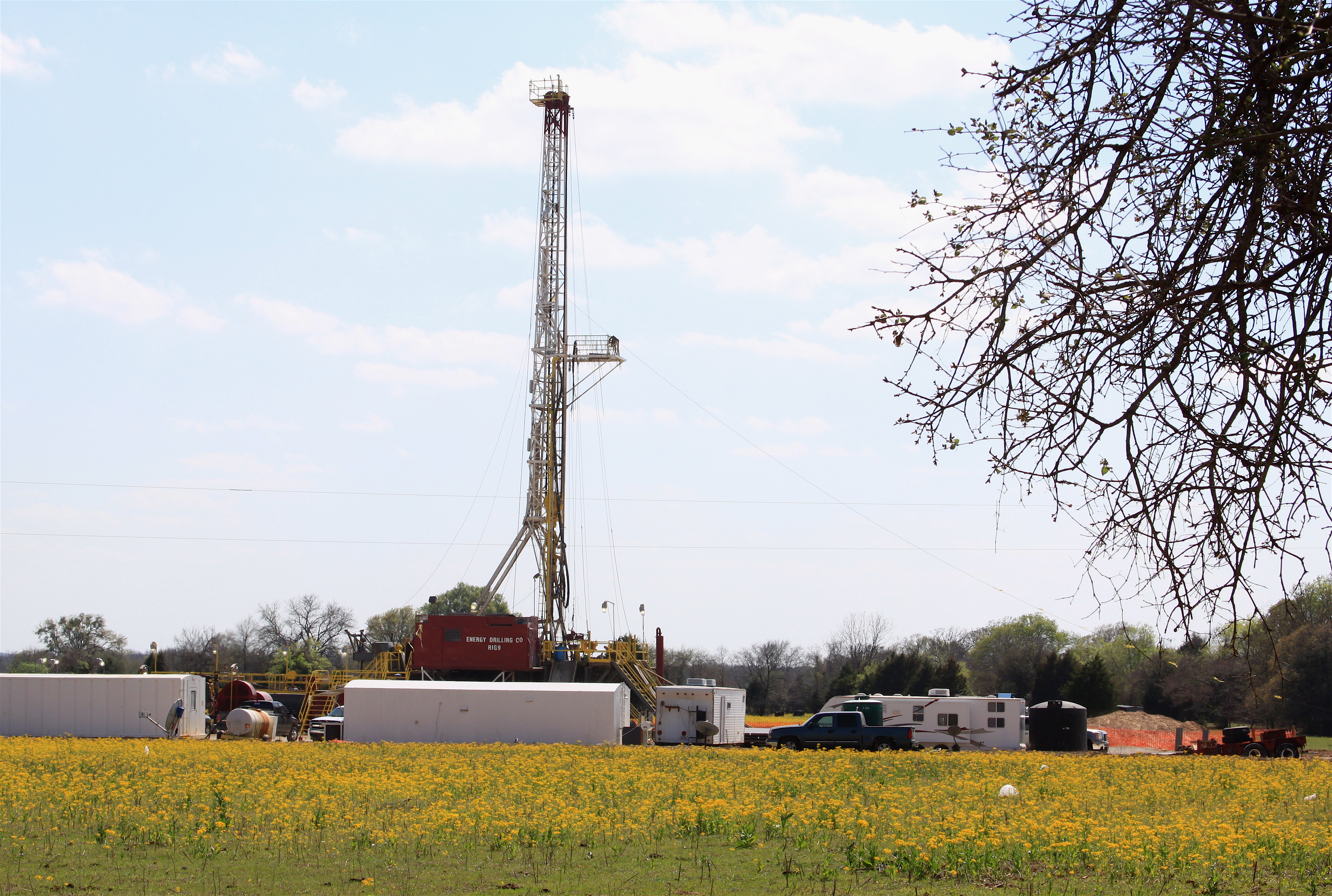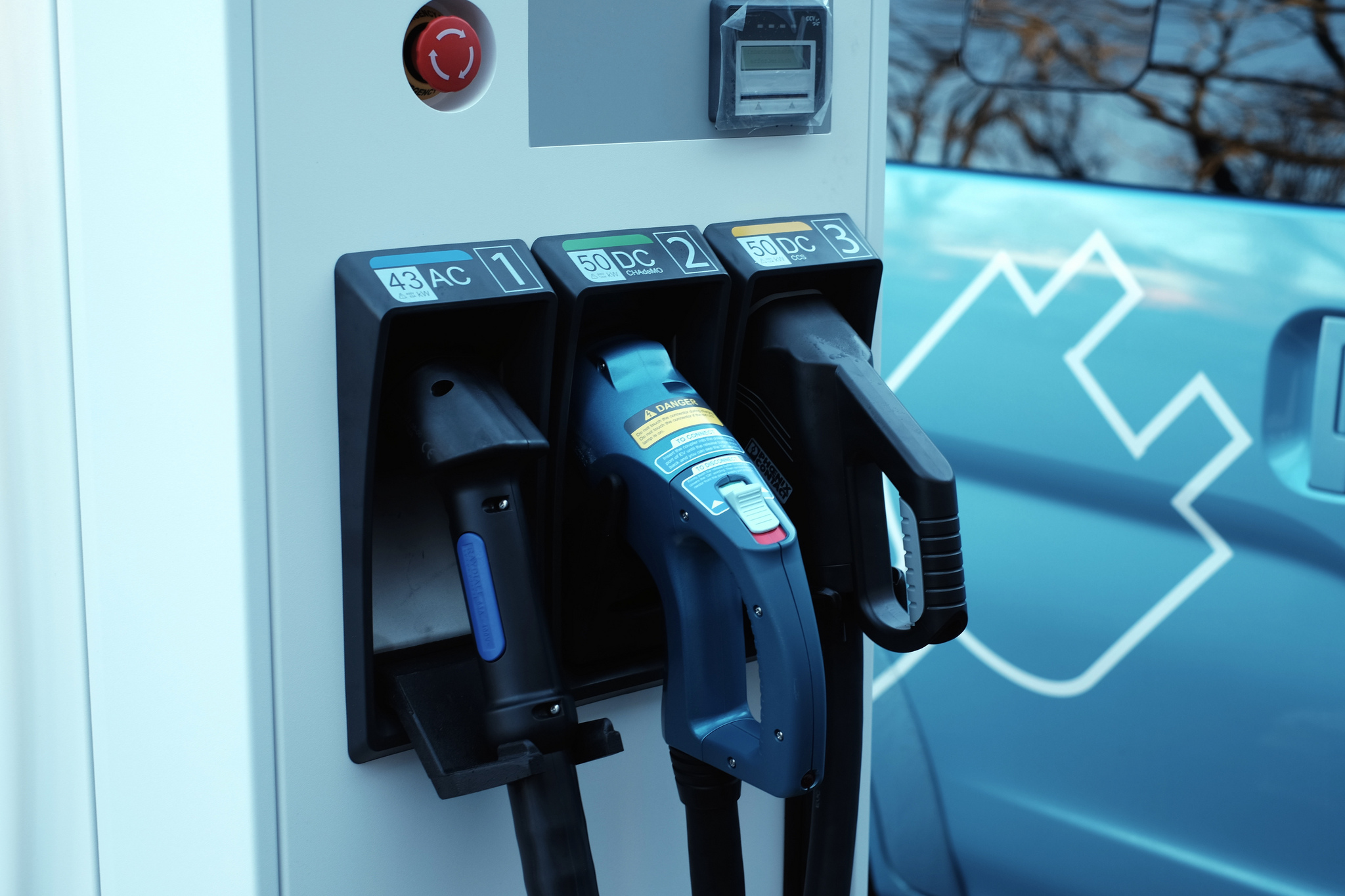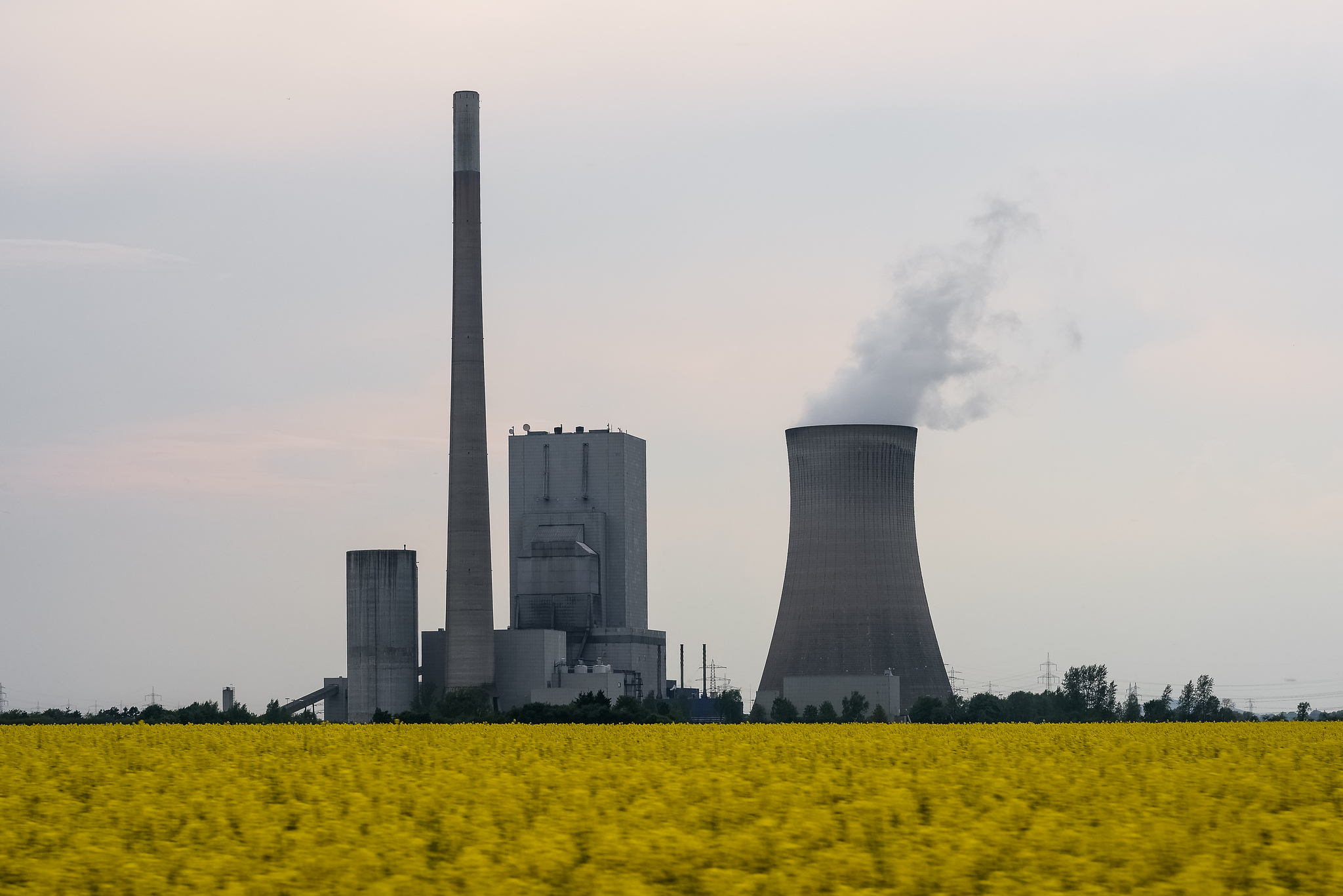Back in June, we talked about The Ocean Cleanup, a Dutch foundation founded in 2013 by an 18-year-old named Boyan Slat, which is developing technologies to rid the oceans of the vast collections of plastic that have been accumulating over the past 50 years.
Technology
Are Electric Cars Worth The Price?
Pretty much every discussion of electric cars, plug-in hybrids and ordinary hybrids starts and ends up with the question of whether they are worth the money. If the reason for buying such a vehicle is strictly economic, then this is the right question to ask. But the naysayers who say such a purchase is foolish may be barking up the wrong tree.
Repurposing Ocean Plastic
Scientists estimate that there is more than 165 million tons of plastic swirling about in our oceans today. And another 8.8 million tons of plastic ends up in oceans every year. According to a recent report from the World Economic Forum and the Ellen MacArthur Foundation, there could be more plastic by weight than fish by 2050 if current trends continue.
A Giant Solar Power Plant In India
In late September, the world’s largest solar power plant went online in the Indian state of Tamil Nadu. It is a 648 MW array of solar panels that is spread across 2,500 acres in the town of Kamuthi and will supply enough energy to power 300,000 homes.
A Blueprint For Offshore Wind In N.Y.
The Cuomo Administration recently released the New York State Offshore Wind Blueprint, a plan to advance the development of offshore wind along New York’s coastline.
The Economics Of Renewable Energy
Very few people are against the use of renewable energy sources like solar and wind power in principle. It is hard to argue against generating power from resources that are free and plentiful. The main knock against renewable power sources has been that they cost too much compared with conventional, fossil-fuel technologies.
Wave Energy In The United States
By some estimates, America’s oceans could provide enough electric power to meet a quarter of the country’s energy needs. Despite this, until recently the contribution to the U.S. electric grid from marine energy has been exactly zero.
Jet Fuel From Steel Plants
Industries around the world are working to reduce their carbon emissions. One very carbon-intensive industry is the airline industry and it is struggling to find ways to reduce its emissions even while air travel continues to be on the rise worldwide.
Too Much Waste
As the world’s population grows and becomes more urban and affluent, the amount of solid waste we produce grows and grows. Over the past century, the total amount has risen tenfold. By 2025, the world-wide total is expected to double again. The average person in the United States throws away their body weight in garbage every month.
Dehorning Rhinos
At the beginning of the 20th century, there were about 500,000 rhinos across Africa and Asia. By 1970, the number was down to 70,000. Today, there are less than 30,000 rhinos in the wild. The number of black rhinos dropped to as low as 2,300 in 1993. Aggressive conservation efforts have brought their numbers up to over 5,000 today.
Offshore Wind At Last
Europe has embraced offshore wind power as a major contributor to its electricity needs for a long time. As of June, there was a total of 3,344 offshore wind turbines with a combined capacity of over 11.5 gigawatts of power connected in European waters in 82 wind farms located in 11 different countries and providing power to millions of people.
Disruptive Light Bulb Technology
Investment companies like to talk about the disruptive nature of technologies and how they change industries while simultaneously changing our lives. The growing emphasis on a low-carbon economy has spotlighted a number of technologies as being disruptive in their industry sectors. One hears this frequently when discussing wind and solar power. Clearly, these two technologies are changing the face of the utility industry, but at least at present, they still represent a fairly small fraction of the overall business.
Plastic From Milk
These days, many of the foods we buy, such as meat, bread, cheese and snacks – come wrapped in plastic. We end up with lots of non-recyclable, non-biodegradable waste. And thin plastic films are not even that great at preserving food because oxygen still gets through them.
A Water Superpower
In 2008, Israel was on the verge of catastrophe. A decade-long drought in the Fertile Crescent of the Middle East was scorching the area. Israel’s largest source of fresh water, the Sea of Galilee, had dropped to within inches of the so-called black line at which point irreversible salt infiltration would flood the lake and ruin it forever.
Virtual Power Plants
The traditional model of the electricity grid is one where centralized large power plants send power through transmission lines to substations and then on to homes and businesses. As localized renewable energy sources, energy storage systems, and efficiency systems proliferate throughout the system, a new concept is emerging: that of the virtual power plant.
Finding Methane Leaks
The boom in natural gas drilling by conventional methods and by fracking has led to a spike in methane emissions from pipelines, storage tanks, processing facilities, and other parts of the natural gas system. Natural gas is mostly composed of methane, so these emissions constitute waste and lost revenues. But they also represent a serious environmental problem because methane is 25 times more effective in trapping atmospheric heat than carbon dioxide.
Electric Cars And Climate Change
Electric cars are gradually becoming more popular, but there are still real concerns about their driving range, the availability of charging infrastructure, and their price. Adoption of the technology is still rather slow.
The Carbon XPrize
The Carbon XPrize is a five-year, $20 million competition to identify ways to convert carbon emissions into successful, profitable and useful products. Forty-seven organizations from seven countries are competing for the prizes and include large companies, startups and university researchers.
Installing Solar Panels
Part of Hillary Clinton’s proposed energy plan is a pledge that half a billion additional solar panels will be installed by the end of her first term if she is elected President this year. This number sounds wildly ambitious. It is even realistic?
Energy Intensity
Every stage of civilization is characterized by its use of energy. From burning wood to steam engines to our electrified society, energy is behind everything we do. Over time, human society has become increasingly energy intensive. As our standards of living have improved and as we overcome the effects of weather – either cold or warm – it takes more and more energy to live the lives we lead.


